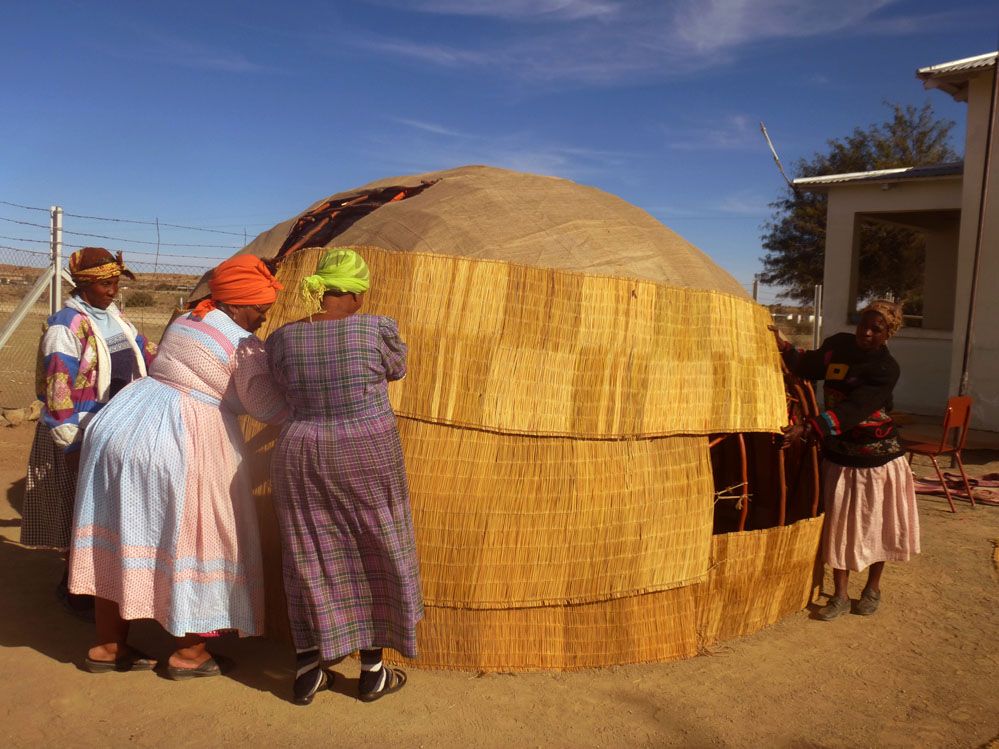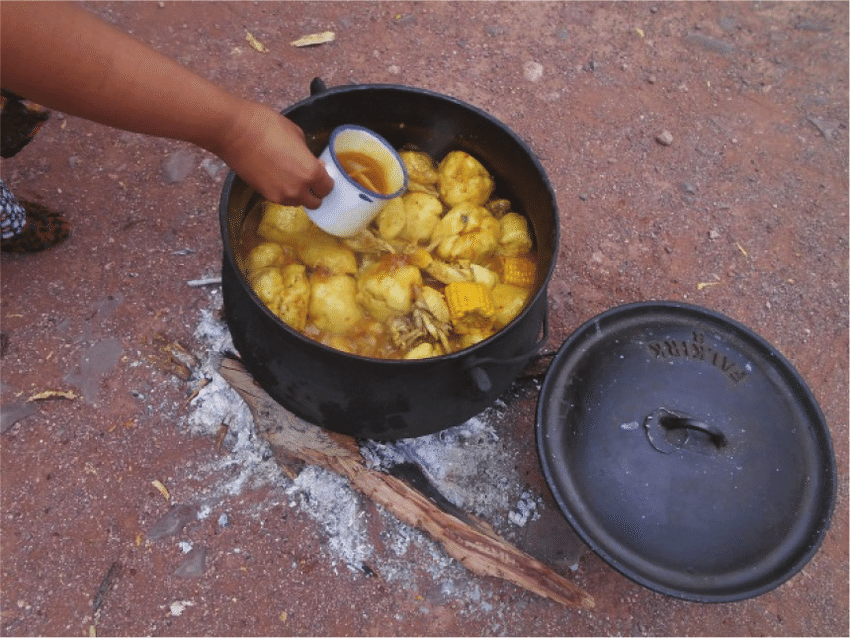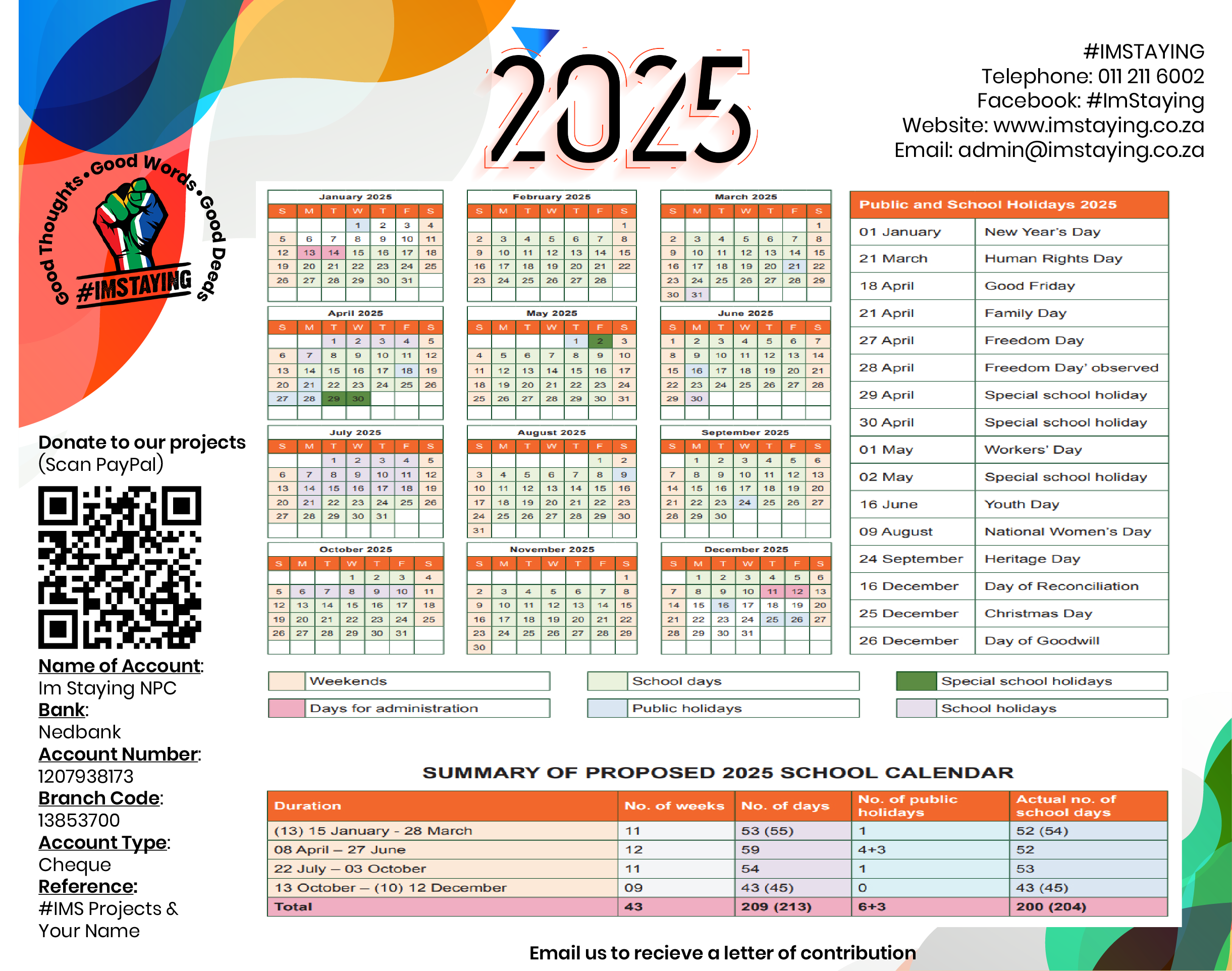Why should I be looking for my African roots when I have lived all my life in South Africa?
When I was growing up, nobody mentioned the African roots of our family. In fact, there wasn’t much talk about our heritage at all. And “that side of the family” warranted complete silence. We guessed with pride at our European heritage from surnames: Welsh for Pritchard; Irish for Murphy. And in my mother’s family, we had a genuine Dutchman, van Kesteren. One great-grandfather looked like he was partly Javanese. Of course, it was okay to talk about this ancestry, otherwise how would I have known this? But I could not identify with any South African culture. Yes, I am of the mixed-race people that the previous government chose to label “Coloured”.
In this Heritage Month when millions of South Africans are celebrating their roots, I had only the faintest idea of my African heritage. Without belabouring our country’s painful past, this needs to be said. Black people were regarded as inferior, and light-skinned mixed people were celebrated. So, if you were mixed, you ignored your African roots as best you could. And missed out on a sense of belonging…
Now, based on what I know of my paternal grandparents’ origins, I have decided that I must be descended from the Nama people. What that will mean for me, I am not sure. This journey into their history and culture is an exciting labour of love. A love song to my African ancestors. Even though I will never know exactly who they were. No names, no pictures, no stories…

Traditional outfits
Who are the Nama?
The Nama are the largest group of the Khoikhoi (Khoekoen) people. They have lived in the northern parts of the Cape and the southern part of Namibia, around the Orange River, for centuries. Khoikhoi (Khoekhoen) means “men of men” and is a term of praise. It is the name given to a number of groups of people, including the Nama and Griqua. (The commonly-used term, Khoisan, refers to all the “non-Bantu” indigenous peoples of South Africa, including the San.) Now that we’ve got that sorted, let’s find out more about my forebears.
What I do know for sure about my paternal grandparents is that my grandmother hailed from Upington (Nama name: //Khara hais) on the Orange (Gariep) River. My grandfather was from Beaufort West in the Karoo. Eureka! To my mind, it is not too far-fetched that my grandfather’s people migrated south to Beaufort West from the Upington region. I have no evidence to support this conclusion – it may be pure fantasy and longing on my part! What is definitely no fantasy is the amazing hanepoot (a sweet grape) wine that is made around Upington. I call it “sunshine-in-a-bottle” because it is golden in colour and sweet from ripening on the vine.

Riel Dancers
So, what did I learn about my African culture?
The Nama are an aboriginal people of South Africa, Namibia, and Botswana. They were nomadic pastoralists who prized their herds, a sign of status and wealth. They went where there was grazing. While their herds provided food security, they also hunted and gathered edible roots.
I have a romantic picture of groups of people sitting around fires on summer nights, telling stories. The earth still holds the warmth of the day. Across the desert sky, the Milky Way spreads its benign light, undiluted by the reflected light of the cities. A woman nurses a child at her breast. Night creatures provide a soundtrack as background. The warm light of the flames flickers on the faces of the people. Their herds watched over by herders. Their grass-mat huts close-by. Telling stories. Winter would, of course, be another story!
The portable “matjieshuise” or “|haru oms” could be assembled at the various stockposts and watering holes. These were inhabited periodically throughout the year. A large number of descendants of my Nama ancestors continue to practise their centuries-old lifestyle on their traditional land in the Richtersveld. This is an arid, semi-desert area in the north-western corner of the Northern Cape. It is a World Heritage Site, and part of it is a national park, which the people co-manage. Others have been absorbed into towns and villages. Still others have been resettled, and occupy mostly wood-and-iron shacks.
What language do they speak?
The language mostly spoken today is Afrikaans. The traditional language is the Khoekhoe language (Khoekhoegowab) that has many click consonants. Also, it is the most widely-spoken of the “non-Bantu” languages. The language has been dying out as the elders pass on. But there are now courses being offered at educational institutions. So, future generations will not be deprived of this heritage. The idea of learning this ancient language intrigues me…

A Nama hut
Afrikaans was also spoken by my grandparents and great-grandparents on both sides. Of course, they soon realised that, to get ahead, you needed English. I have learnt Afrikaans, love it, and speak it whenever I can! So, I feel the connection with that part of my heritage…
What about their culture?
“Traditional music, folk tales, proverbs, and praise poetry have been handed down for generations and form the base for much of their culture. They are known for crafts which include leatherwork, skin karosses and mats, musical instruments (such as reed flutes), jewellery, clay pots, and tortoiseshell powder containers.” – Wikipedia
The traditional dress of women is modelled on the long dresses of the Victorian missionaries. Except theirs are made from colourful cloth, often patchwork. The men too, wear garments that are adorned with colourful patches. Which brings me to wedding rituals. They form a complicated process, lasting months, even up to a year. So, you had better be quite sure of your chosen partner before you step onto that path! But maybe this lays the foundation for lasting marriages. I do not know.
Namas love to dance. Social gatherings happen mostly at night around a fire. The music starts and, before you know it, everyone is dancing! Two traditional dances are the “Namastap” and the “rieldans”, also known to the Nama as “Ikhapara”. These have been danced at celebrations since ancient times. Rieldans is high-energy with lots of fancy footwork. It is a type of line dance, of which “Jerusalema” is the latest incarnation!

A traditional delicacy known a ‘Jom’
The Nama people, together with the San, hold a rich store of knowledge on traditional medicinal plants, medicine, and healing. Among the best-known is buchu, for the treatment of colds, ’flu and chest ailments. Others are hoodia and !nara root and fruit. A large number of traditional healers practice to this day, with knowledge that has been passed down, mostly in families.
And last, but not least, food! Some of the traditional foods are game, donkey meat, sheep’s head (roasted), potjiekos, wild spinach, mopane worms, “jom” (a bread-like delicacy cooked in a black pot), and sweet bread, also done in this utensil.
I remember the faces of my grandfather, and my father and his siblings. I see the high cheekbones that are such a distinguishing feature among the Khoisan peoples. When I look into the mirror, I see them too… And my curly hair…
I feel connected now…
To donate to the #ImStayingFund,
please click here:
Please submit your story to us HERE
For more positive and uplifting stories visit us at #ImStayingGOOD THOUGHTS • GOOD WORDS • GOOD DEEDS









Beautifully written, and yes, I am staying. I have lost both my daughters to New Zealand the oldest ten years ago, and the youngest this year to UK to find work and a future for their youn ones. An old tree does not replant well. My roots are deep. I have hope for our beautiful country, with our awesome different cultures. Even though it hurts when listening to my friends and their intense biased and racial hate.
If only all sides of this amazing country could take a deep breath, and understand that the past is gone. We can drag it along with all the hate forever, or we can use this time to start a new way of life. Fresh, embrasing each other as unique creatures all created by the same God.